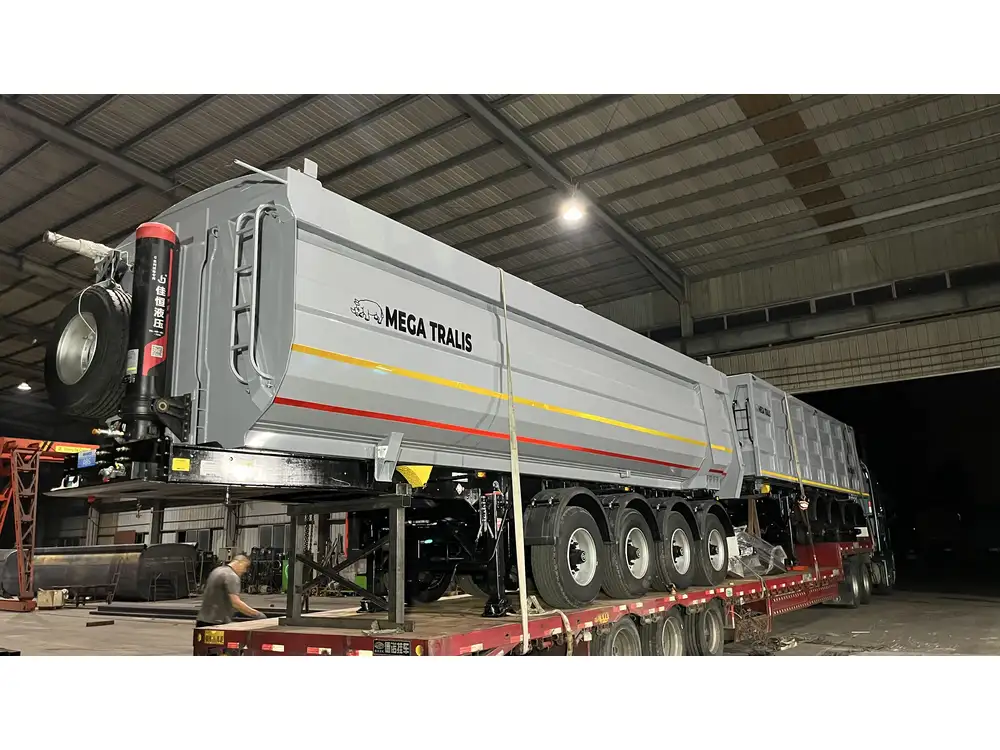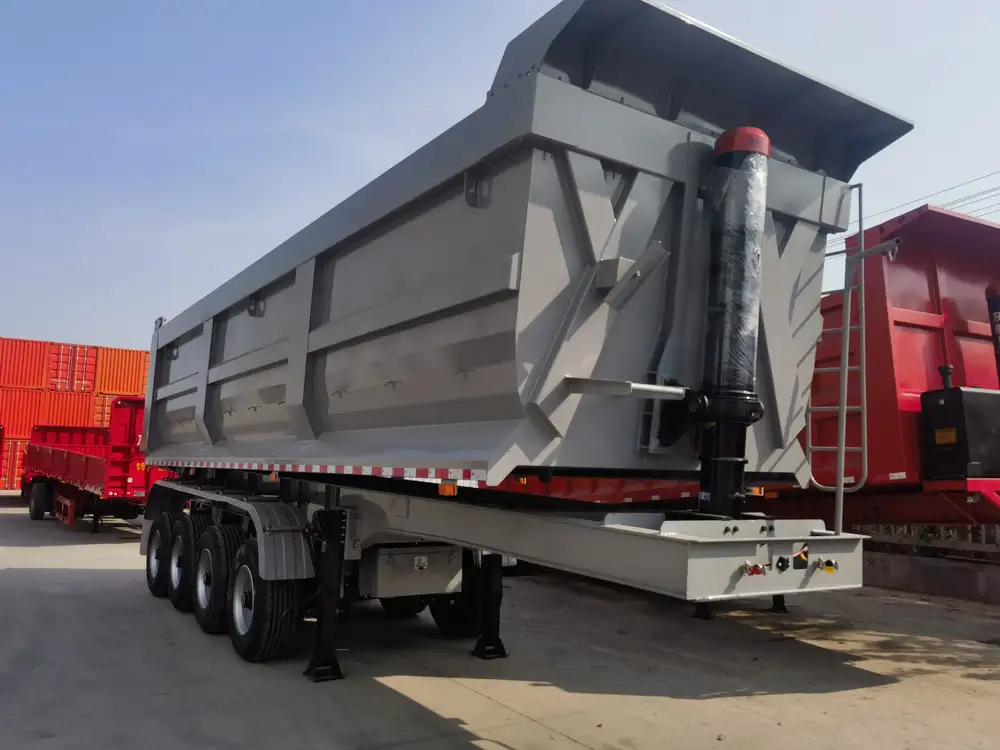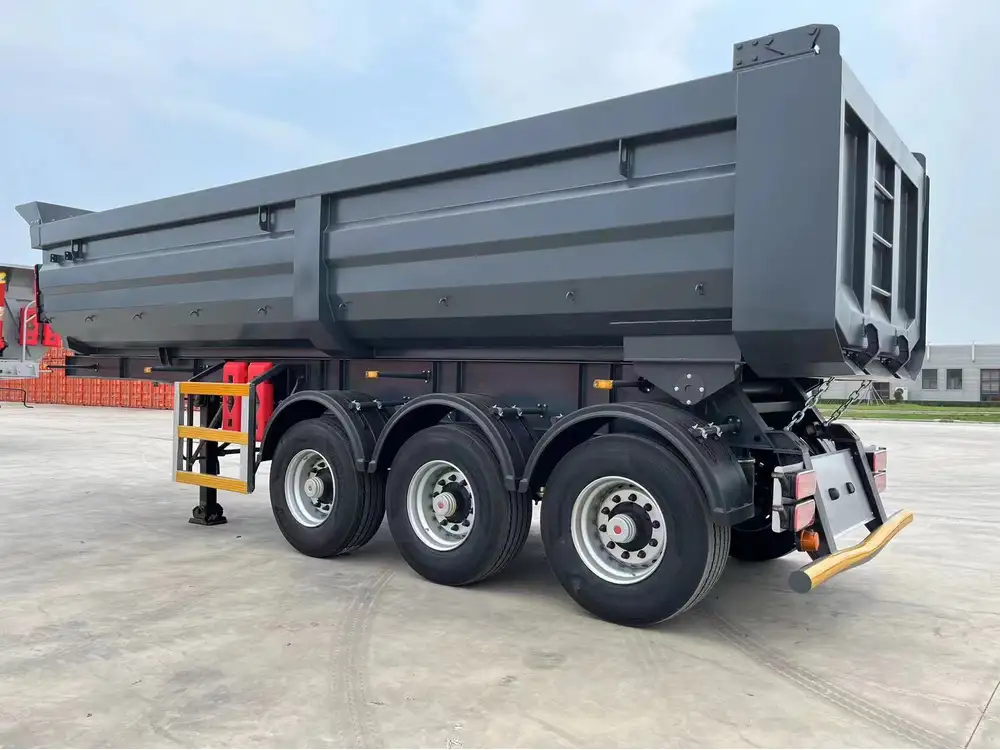Flushing the black water tank of your trailer is an essential maintenance task that ensures the longevity of your system and the comfort of your travels. Neglecting this task can lead to unpleasant odors, clogs, and even damage to your trailer’s plumbing system. In this extensive guide, we will delve into the intricacies of flushing a trailer black water tank, provide detailed insights, list required materials, and discuss best practices to facilitate this process.
Understanding the Black Water Tank System
The black water tank is the component of your trailer responsible for collecting waste from your toilet. Understanding its construction and function is crucial before undertaking maintenance. Typically constructed from high-density polyethylene or plastic, the black water tank is designed to withstand the harsh chemicals used for waste management. The tank features a sewer outlet, vent pipe, and sensors that indicate the tank’s fill level.
Key Components of the Black Water System
| Component | Description |
|---|---|
| Black Water Tank | Collects waste from the toilet. |
| Sewer Outlet | A valve for draining the tank. |
| Venting System | Prevents pressure build-up and odors. |
| Sensors | Indicate the level of waste within the tank. |

Preparation Before Flushing
Before you embark on flushing your black water tank, preparation is key. Here’s a checklist of materials and steps needed to carry out this task efficiently.
Materials Needed
- Sewer Hose: A high-quality, durable sewer hose for waste drainage.
- Connectors: Ensure you have the correct fittings to connect your hose to the dump station.
- Black Water Tank Flush Kit: A specialized kit to assist in flushing.
- Water Source: Access to clean water, either via a hose or portable container.
- Personal Protective Equipment (PPE): Gloves and a mask for safety.
- Holding Tank Treatment: Optional, for maintaining tank cleanliness post-flush.
- Waste Bags: For keeping the area clean.
Step-by-Step Preparation Guide
Locate the Dump Station: Identify a suitable location with a sewage dump station. Municipalities, campgrounds, and RV parks typically provide these facilities.
Gear Up: Put on your personal protective equipment, ensuring you’ve minimized contact with waste.
Inspect the Sewer Hose: Check the integrity of your sewer hose. Ensure it is free from cracks, holes, or damage.
Connect Your Equipment: Attach the sewer hose to your trailer’s sewer outlet.
Secure Connections: Ensure all connections are secure to prevent leaks during the flushing process.

Flushing the Black Water Tank
Now that you are well-prepared, let’s delve into the flushing process itself. This critical step will rid your tank of any residual waste and odors.
Step-by-Step Flushing Process
1. Drain the Black Water Tank
- Open the Valve: Slowly open the black water tank valve. Caution: Stand back to avoid any splatter during the initial release.
- Allow Complete Drainage: Wait until the tank is fully emptied. Keep an eye on the flow to confirm cessation.

2. Rinse the Tank
- Use a Flush Kit: If you have a black water flush kit installed, connect it to a fresh water source and insert the nozzle into the designated port.
- Hose Connection: If a flush kit is unavailable, use a hose at the dump station to rinse the interior of the tank. Insert the hose into the tank’s sewer outlet and run the water for several minutes.
3. Agitate the Contents
- Use Tank Cleaners: To further dislodge any residual matter, consider using biodegradable tank cleaners or rinsing agents. Follow the manufacturer’s instructions for quantity and use.
4. Repeat Rinsing Process
- Multiple Rinses: To ensure thorough cleaning, repeat the rinsing process two or three times. This reduces odors and helps dissolve any lingering waste.

5. Final Drain and Inspection
- Final Drainage: Reopen the valve and allow the remaining water to drain completely.
- Inspect the Tank: Check the tank at this point for any visible buildup or issues.
Post-Flushing Best Practices
To prolong the life of your black water tank and mitigate issues in the future, adopting some best practices is critical.
Key Practices to Implement
Regular Maintenance: Establish a routine, flushing every 2-4 weeks during heavy use or monthly during light use.
Humidity Management: Use a dehumidifier or ensure sufficient ventilation in your trailer to deter odor buildup.
Holding Tank Treatments: Introduce holding tank treatments after flushing to help decompose waste and control odors.
Educate Others: If multiple users are utilizing the trailer, educate them on best practices for use to avoid flushing toxic items.

Common Mistakes to Avoid
| Mistake | Description |
|---|---|
| Using Harsh Chemicals | Avoid chemicals that can damage the tank lining. |
| Overfilling the Tank | Always monitor fill levels to prevent overflows. |
| Neglecting the Venting System | Ensure that the vent pipe is unobstructed to prevent pressure buildup. |
Troubleshooting Common Issues
Despite careful procedures, issues may still arise during the flushing process. Here, we outline common challenges and their solutions.
1. Clogs and Blockages
- Symptoms: If draining is slow or not happening, a clog is likely.
- Solution: Use a specialized auger or plumbing snake designed for RVs to clear blockages.

2. Odor Issues
- Symptoms: Foul smells after flushing.
- Solution: Check that the tank is properly ventilated and consider introducing a tank odor eliminator.
3. Leaks
- Symptoms: Evidence of liquid near connector points.
- Solution: Inspect all hose connections and seals for tightness. Replace any damaged hoses immediately.
4. Sensor Malfunctions
- Symptoms: Tank sensors showing inaccurate readings.
- Solution: Clean the sensors while flushing to remove buildup. If problems persist, replacement may be necessary.

Conclusion: The Importance of Proper Maintenance
In summary, understanding how to effectively flush your trailer’s black water tank is foundational for a trouble-free RV experience. By following the steps outlined above, employing best practices, and being aware of common issues, you can maintain a clean and odor-free environment. This not only enhances your travels but also contributes to the longevity of your trailer’s plumbing system. Regular attention to this vital task fosters a sense of comfort and hygiene, allowing you to focus on the adventures ahead, free from the worries of black water management.



